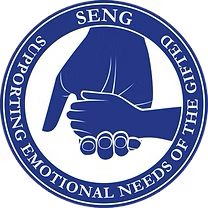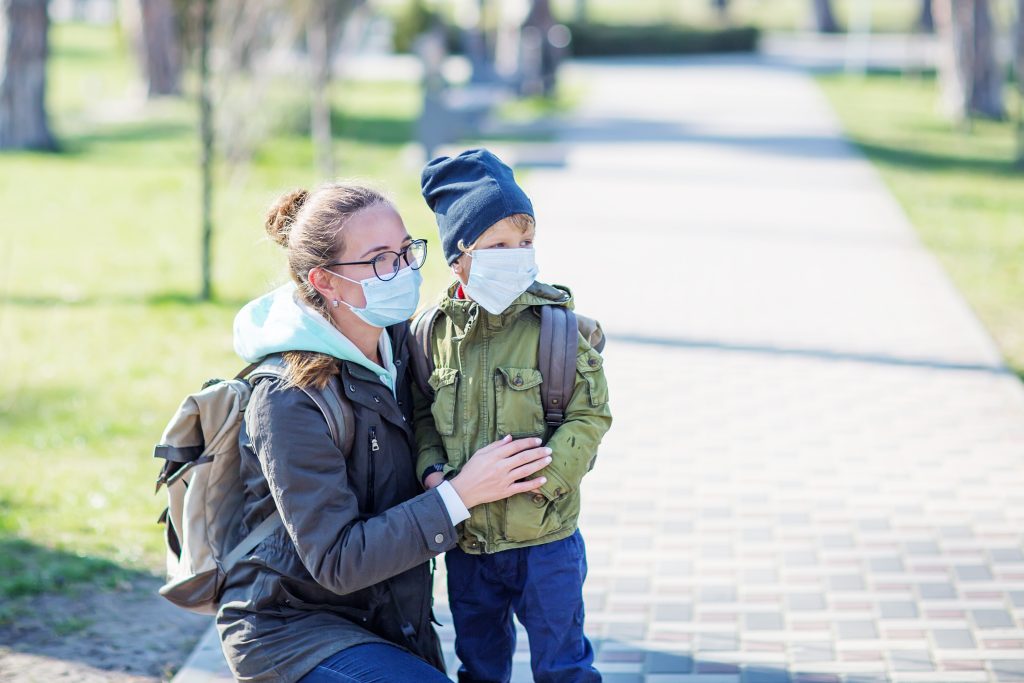A fundamental guiding principle for physicians is “First, do no harm.” As part of the Hippocratic Oath, doctors must consider the possible harmful effects of any intervention. This principle should also guide those who work with children; educational decisions should prioritize the child’s best interest and avoid harm.
Working in schools today is an incredibly difficult job. Teachers serve diverse groups of children and often enter the profession to make a difference. In my career with gifted and twice-exceptional students I observed many instances where these students suffered because adults believed myths over facts, made incorrect or no diagnoses, or failed to provide appropriate accommodations so students could thrive rather than merely survive.
Myths
Myths about gifted and 2e children are harmful. Giftedness is a form of neurodiversity and typically indicates outstanding aptitude in one or more domains. When a student is identified as gifted, services or enrichment are often needed to develop that capability. These can include:
- cluster grouping of gifted students in the regular classroom
- subject or whole grade acceleration
- mentorships
- independent study
- gifted programming staffed by trained gifted intervention specialists
- dual enrollment opportunities that allow high school students to take college-level classes
Another damaging myth is that gifted children’s emotions are the same as other children’s. Highly gifted children often experience greater emotional intensity and sensitivity, which can lead to inner conflict, anxiety, and self-criticism. Adults should help these students develop self-awareness and self-acceptance.
It is also incorrect to assume that smart children cannot have learning differences. Twice-exceptional students may have both strengths and disabilities; sometimes giftedness masks a disability, sometimes a disability conceals giftedness, and sometimes neither is apparent.
The Joint Commission on Twice-Exceptional Students describes 2e learners as students who demonstrate high achievement potential in areas such as academics while also showing evidence of one or more disabilities as defined by federal or state criteria (e.g., learning disabilities, emotional/behavioral disorders, autism spectrum, ADHD).
Because 2e can present in many combinations, identification is difficult, but these students often fall into three categories:
- formally identified as gifted but without an identified disability (giftedness masks the disability)
- formally identified as having a disability but not as gifted (disability conceals giftedness)
- not identified as either gifted or disabled because components hide one another
Misdiagnosis
Misdiagnosis or lack of diagnosis harms children. Misdiagnosis is a mismatch between a gifted child’s actual needs and others’ perceptions, which can lead to inappropriate labels or missed diagnoses and result in inadequate interventions or accommodations.
Traits associated with giftedness—heightened sensitivity, perfectionism, asynchronous development, high energy, or intense curiosity—are sometimes mistaken for disorders such as ADHD. A lack of professional training in gifted/2e characteristics among psychologists, pediatricians, counselors, and educators contributes to these errors. Schools should employ gifted intervention specialists who can collaborate with regular education teachers to correctly identify needs and plan supports.
Some disorders (for example, existential depression or eating disorders) may be more prevalent among certain gifted individuals; clinicians should consider environmental factors and the child’s cognitive profile before deciding treatment or placement.
Racial and socioeconomic inequities in gifted and special education identification are also serious concerns. Students of color and children from low-income backgrounds are often underidentified for gifted programs and overidentified for special education, sometimes due to biased perceptions or inappropriate testing practices. Contributing factors include reliance on achievement tests, testing very young children, testing only those whose parents or teachers know to request it, and a lack of teacher training in gifted identification.
Interventions/Accommodations
Failing to provide appropriate interventions or accommodations can stunt a gifted child’s development. Gifted students may need specialized accommodations and learning settings that differ from mainstream strategies. Parents sometimes avoid requesting needed services out of concern about appearing elitist, but appropriate adjustments are about equity and meeting individual needs.
Effective educational options and supports include:
- differentiation (modifying instruction to meet individual needs)
- curriculum compacting (replacing known content with enrichment or new content)
- grouping
- pullout programs
- grade skipping
- independent study
- competitions
- mentorships
- distance/online learning
Conclusion
When students are properly identified as gifted or twice-exceptional, they should not merely survive school—they should be supported to thrive. Misdiagnosis, unhelpful myths, and the refusal to tailor instruction do harm. As Maya Angelou said, “Do the best you can until you know better. Then when you know better, do better.” Adults must act in ways that benefit students and avoid harm.
Endnotes
References and source links are included in the original post.

